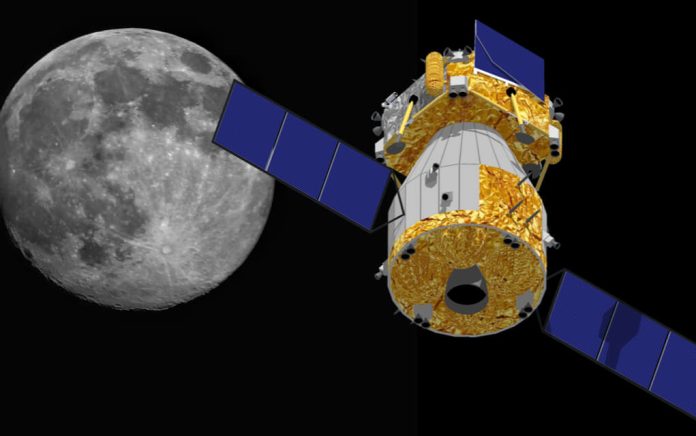
Firefly Aerospace and Ispace have embarked on an audacious joint mission to explore lunar frontiers, launching robotic landers aboard a SpaceX rocket—but the full potential of this international partnership has yet to be unlocked.
At a Glance
- Firefly Aerospace’s Blue Ghost launched on SpaceX’s Falcon 9 for a 45-day moon mission.
- Blue Ghost carries 10 payloads under a $101 million NASA contract.
- Ispace’s Resilience will take multiple months to reach the moon and carries unique payloads.
- NASA anticipates several private moon missions by U.S. companies by 2025.
Firefly Aerospace’s Blue Ghost Mission
Firefly Aerospace has set a significant milestone with its Blue Ghost cargo lander, which launched aboard SpaceX’s Falcon 9 from Florida. The mission marks Firefly’s debut venture into the lunar services market, in alignment with NASA’s Commercial Lunar Payload Services (CLPS) program, supporting the Artemis crew missions. Blue Ghost’s 45-day journey to the moon includes carrying 10 government and commercial payloads, secured under a $101 million contract with NASA.
The landing site for Blue Ghost is the lunar basin Mare Crisium, where it will operate for a lunar day (about 14 Earth days). The mission will undergo 17 milestones, with the launch and in-orbit testing already completed. In addition to payload operations, Blue Ghost aims to capture essential images of the lunar sunset.
Falcon 9 is vertical on pad 39A in Florida ahead of tonight's launch of the @Firefly_Space Blue Ghost and @ispace_inc RESILIENCE lunar landers to the Moon in ~3.5 hours from now → https://t.co/0h1QaJCVyY pic.twitter.com/VJQMCg0shS
— SpaceX (@SpaceX) January 15, 2025
Ispace’s Resilience: Long Journey Ahead
Ispace’s Resilience, part of the “rideshare” agreement, takes a longer, energy-efficient pathway to reach the moon, targeting the Mare Frigoris region for landing. This lander is equipped with five science and technology payloads, including a microrover named Tenacious for gathering lunar regolith, alongside “Moonhouse,” an artistic endeavor by Mikael Genberg.
Resilience’s approach will allow for a lunar flyby in about a month, expecting to reach its operational phase by early 2025. This mission comes after Ispace’s earlier attempt in 2023, when its first lander crashed during landing. Nonetheless, optimism remains high for Resilience, which symbolizes both technological perseverance and the power of international collaboration in the space industry.
The Role of Private Industry in Lunar Exploration
The missions of Blue Ghost and Resilience embody the transformation within space exploration, propelled by public-private partnerships and international collaborations. Firefly and Ispace are setting the stage for private companies to have active participation in ambitious space ventures. NASA foresees up to five lunar landing missions by private U.S. firms by 2025, emphasizing the potential of multinational efforts to advance space exploration goals through shared expertise.
The Blue Ghost mission will also collect vital data on the lunar environment, especially regarding how lunar regolith reacts to solar influences. By harmoniously blending capabilities and aspirations, these missions significantly extend beyond national boundaries, pioneering future exploration paradigms on the lunar surface.





